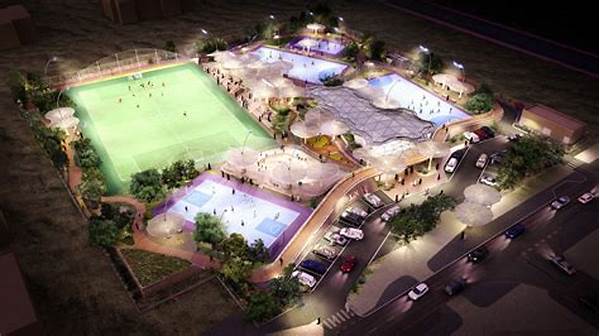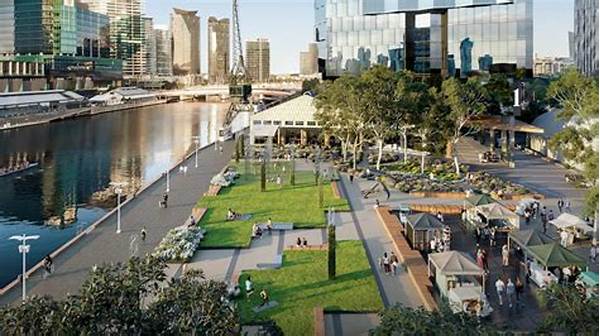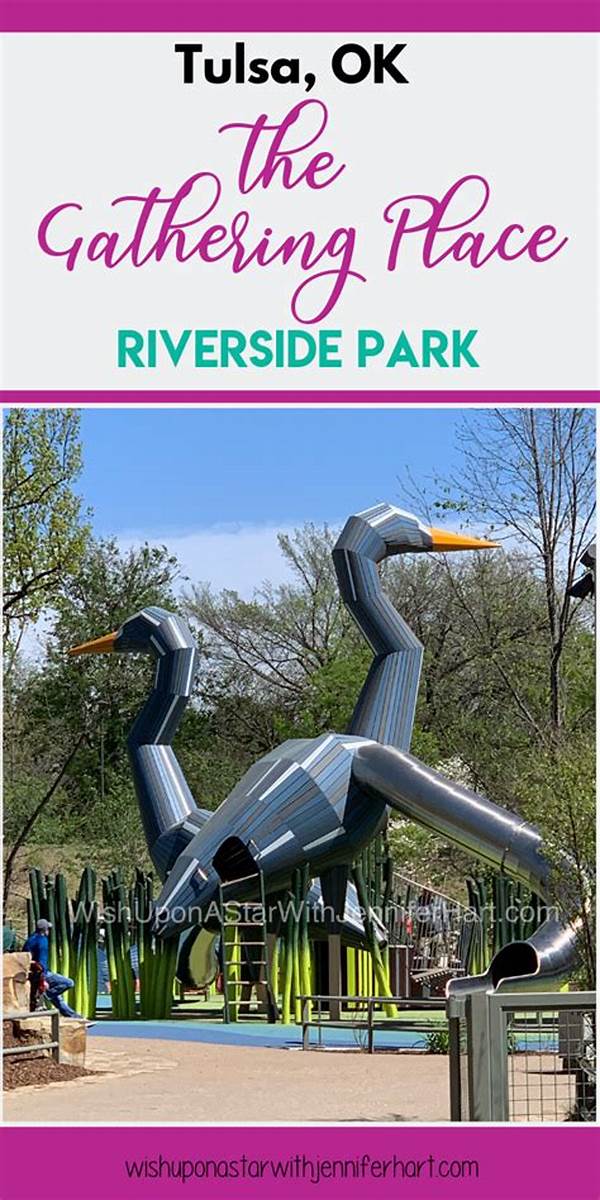Imagine jogging along a scenic riverside, with an ultra-modern sports complex on one side and the calming river on the other. Sounds surreal, right? Well, it’s now a reality in many urban areas across the globe. These urban riverside parks are not just patches of greenery but are evolving into vibrant sports and recreational hubs, drawing locals and tourists alike. This fusion of nature and sport not only rejuvenates the cityscape but also offers a unique selling point for urban planners.
Read More : Cultural Traditions Near The Natural Fence Tourist Destination 2025
These parks signify a perfect blend of innovation, design, and strategic placements, aiming to promote a healthy lifestyle while providing aesthetic pleasure. With state-of-the-art sports facilities lining the picturesque riversides, these parks have become the heart of modern urban life, luring residents out of their concrete confines into open spaces where fitness meets fun. Let’s delve into the pulse of these modern sports facilities and see what makes them a game-changer.
The Importance of Modern Sports Facilities
Modern sports facilities in urban riverside parks are more than just amenities; they are urban necessities. As cities grow denser, the spaces to engage in physical activities dwindle. These parks serve as a catalyst for promoting well-being, social interaction, and community building. With sports facilities like basketball courts, skate parks, jogging tracks, and fitness stations, these parks provide a host of activities that cater to diverse interests and age groups.
Moreover, these facilities are designed keeping in mind sustainability and environmental impact. The use of eco-friendly materials, solar lighting, and water-saving irrigation techniques ensures that these sports facilities are environmentally responsible. These aspects not only enhance the user experience but also align with global efforts towards creating sustainable urban environments.
Designing the Future: Key Features
Cutting-edge Design Elements
Modern sports facilities leverage cutting-edge design elements that cater to both functionality and aesthetics. Take, for instance, the integrated fitness stations equipped with smart technology that allows users to track their workout stats — it’s like having a personal trainer by your side. The design also considers accessibility, ensuring paths and equipment are usable by those with disabilities, making inclusivity a priority.
Community-centric Amenities
The facilities support community gatherings and events, turning parks into destinations rather than mere passing places. These spaces often incorporate amphitheaters, which host community sports events and coaching clinics, promoting local talent and camaraderie.
Experiences and Testimonials
Residents who frequent these urban riverside parks rave about the rejuvenating experiences they offer. Sarah, a local from Riverdale, shares: “The new facilities have changed my daily routine. Morning joga by the river, training in the park gym, it’s a different vibe!” Similarly, John, an avid runner, mentions, “The track is perfect. Running here feels like therapy after a hectic day.”
Read More : Tips For Bringing Drone Photography Equipment To Riverside Parks
Embracing the Riverside Sports Revolution
Transformative Impacts on Lifestyle
These modern sports facilities are more than just about fitness; they represent a transformative lifestyle change. By inviting urban dwellers to step out and engage with these spaces, the parks foster increased physical activity, contributing positively to public health.
Economic and Social Benefits
Apart from health benefits, these parks stimulate economic activities by attracting both local and international visitors. They enhance the city’s profile, making it an attractive destination for tourists and fitness enthusiasts.
Detailed Insights
Conclusion: The Future of Urban Riverside Parks
To wrap it up, modern sports facilities in urban riverside parks are not just about sports; they are about creating a culture of health, socializing, and sustainability. These parks are an investment in the future — fostering healthier communities, driving economic growth, and setting benchmarks in urban planning.
Urban planners worldwide are taking cues from these models, recognizing them as a pivotal part of city development. It’s more than a trend; it’s the future of urban living where the hustle and bustle of city life meets the tranquil embrace of nature. Let’s look forward to more innovative adaptations and expansions of such parks, as they redefine urban landscapes.



